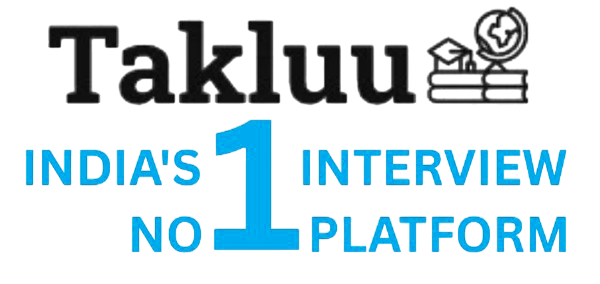Ques:- Can you describe a time when an Agile project didn’t go as planned and how you handled it
Asked In :-
Xoriant Solutions Pvt Ltd, KRIOS Info Solutions, Netaxis IT Solutions (p), Trigent Software, Fortunesoft IT Innovations, Born Commerce, TNQ Technologies, LiteBreeze Infotech, Oodles Technologies, Sun Technology Integrators,
Right Answer:
"In one project, we underestimated the complexity of integrating a new third-party API. This caused us to miss our sprint goal. To address this, we immediately re-estimated the remaining work, broke down the integration into smaller, more manageable tasks, and increased communication with the API vendor. We also temporarily shifted team focus to prioritize the integration, delaying a lower-priority feature for the next sprint. Finally, in the sprint retrospective, we implemented a better vetting process for third-party integrations to avoid similar issues in the future."
"In one project, we underestimated the complexity of integrating a new third-party API. This caused us to miss our sprint goal. To address this, we immediately re-estimated the remaining work, broke down the integration into smaller, more manageable tasks, and increased communication with the API vendor. We also temporarily shifted team focus to prioritize the integration, delaying a lower-priority feature for the next sprint. Finally, in the sprint retrospective, we implemented a better vetting process for third-party integrations to avoid similar issues in the future."

